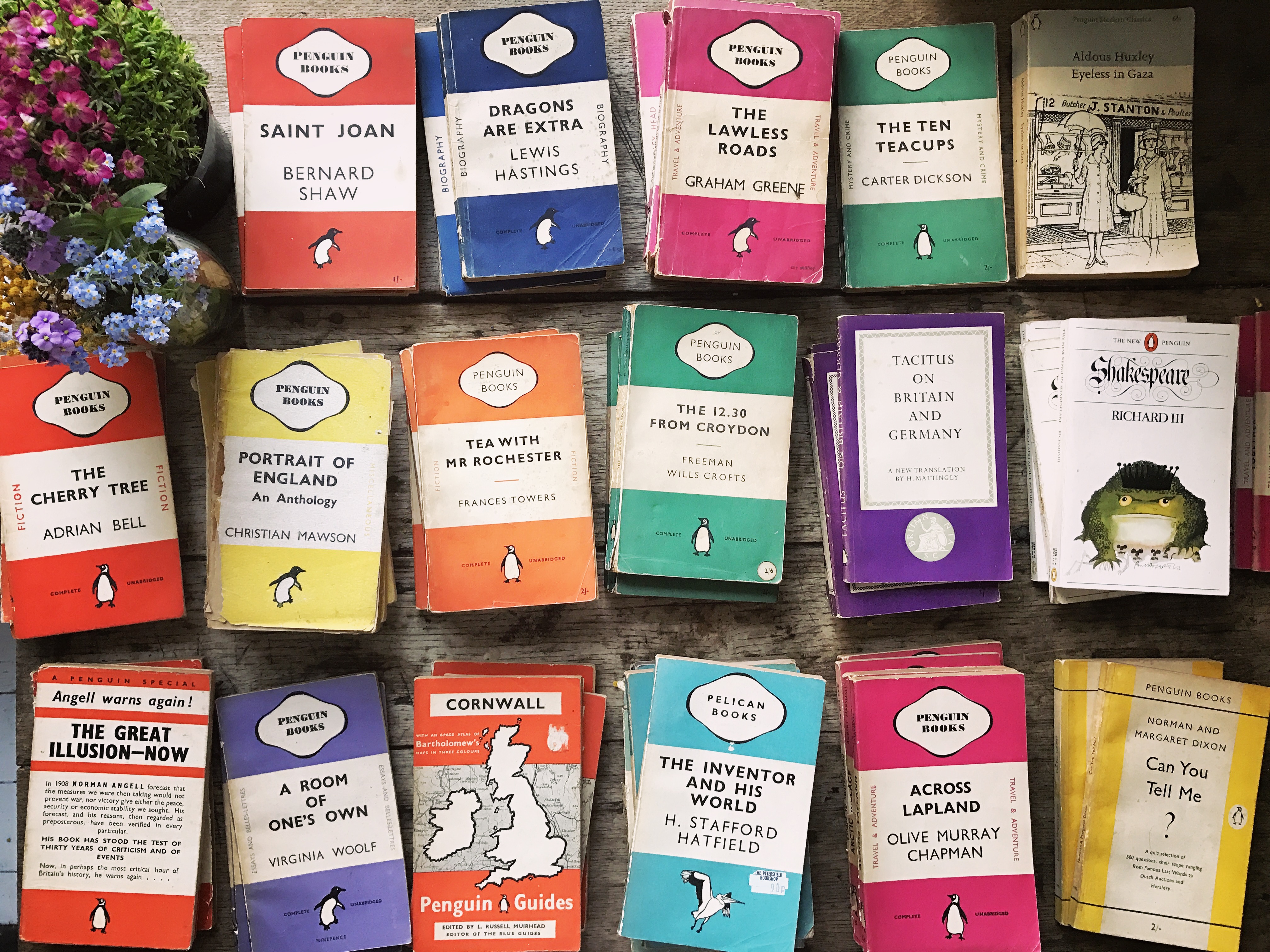
20 Apr Thursday…The History of Modern Medical Science ( Part 3 )
In this third week of my work with The History of Modern Medical Science, I wanted to look at a recurring theme which seem to run through quite a few of the stories from Witnesses To Modern Medical Science.
It became apparent to me that the element of hobbies, external interests and passions often lead to a greater understanding or insight into some aspect of research.
Professor Estlin Waters for example was an epidemiologist ( the branch of medicine which deals with the incidence, distribution, and possible control of diseases and other factors relating to health. ) as well as a keen naturalist and spent time on the island of St Kilda writing notes for ornithological journals about birds, particularly the wrens, and grey seals and he could later see the connection with monitoring wildlife to population based research.
( below is the Witness Statement from Professor Estlin Waters, Senior House Officer – MRC Pneumoconiosis Research Unit )
In my case, there was an overlap between counting birds and epidemiology. I had been interested in birds from a very young age but I was also interested in the scientific side of birdwatching, especially bird migration and bird numbers. When I was on St Kilda I wrote about a dozen papers and short notes for ornithological journals and for the Proceedings of the Zoological Society of London on various aspects of birds and on the grey seal. I was interested as a naturalist. At that time I didn’t have any real knowledge of statistics. It was my birdwatching that kept me scientific during my medical student days. I used to read some of the bird journals; the medical journals were too heavy to read as a student. I don’t know how some of our medical students now manage, but they can and do. I felt the teaching we had at London was not very scientific, it was more of an apprenticeship: I do this, so you do this. The birdwatching kept me critical of the scientific side of things. When I joined the MRC it was very much the other way round. It was the epidemiology that was the scientific side, and I think I have been able to apply a bit of it to my birdwatching. The two have run together, one perhaps ahead of the other, but the two are related. I think that someone who wants to count wrens on St Kilda has got something in common with someone who measures the haemoglobin level in a population. My experience of working alone on St Kilda and writing papers on natural history probably helped me when starting in medical research.
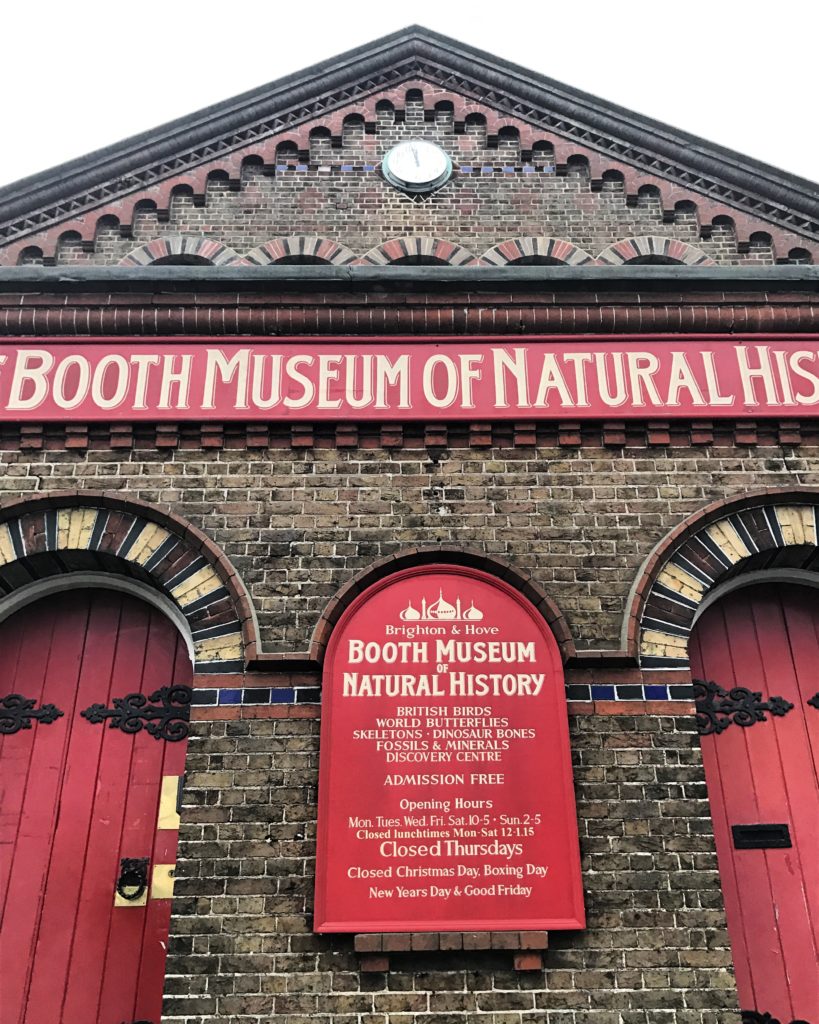
The whole museum is like a historical exhibit in itself, being primarily full of Victorian stuffed animals, and collections of insects and minerals…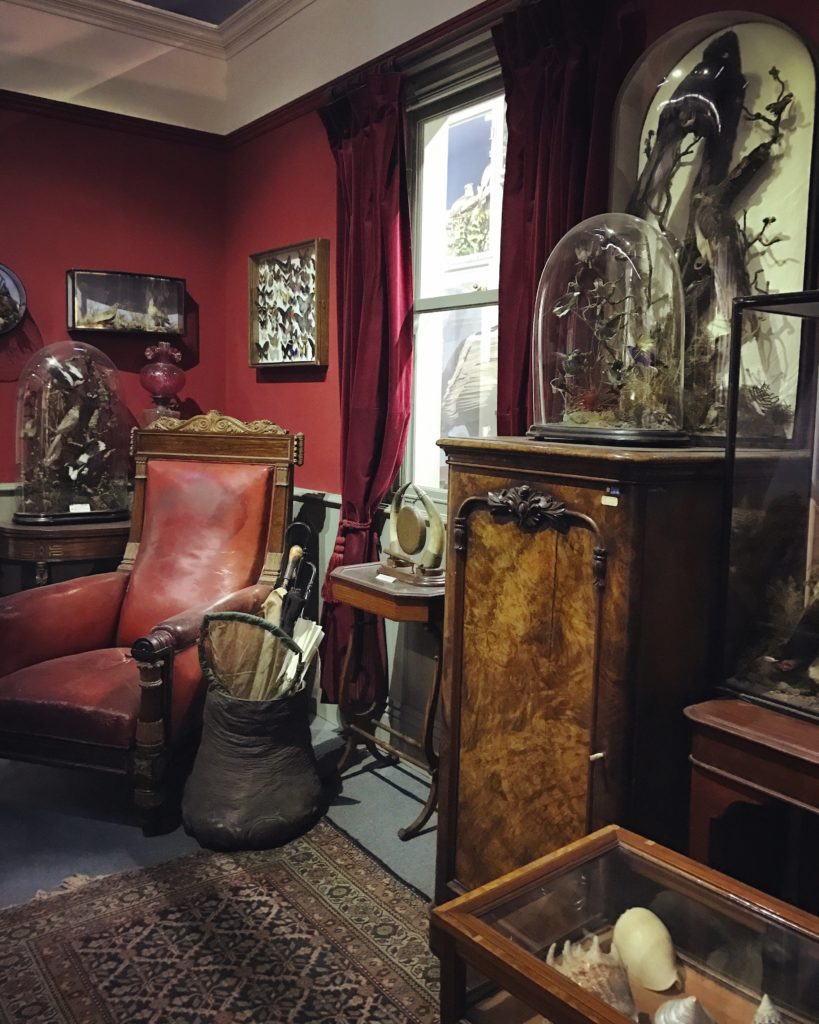
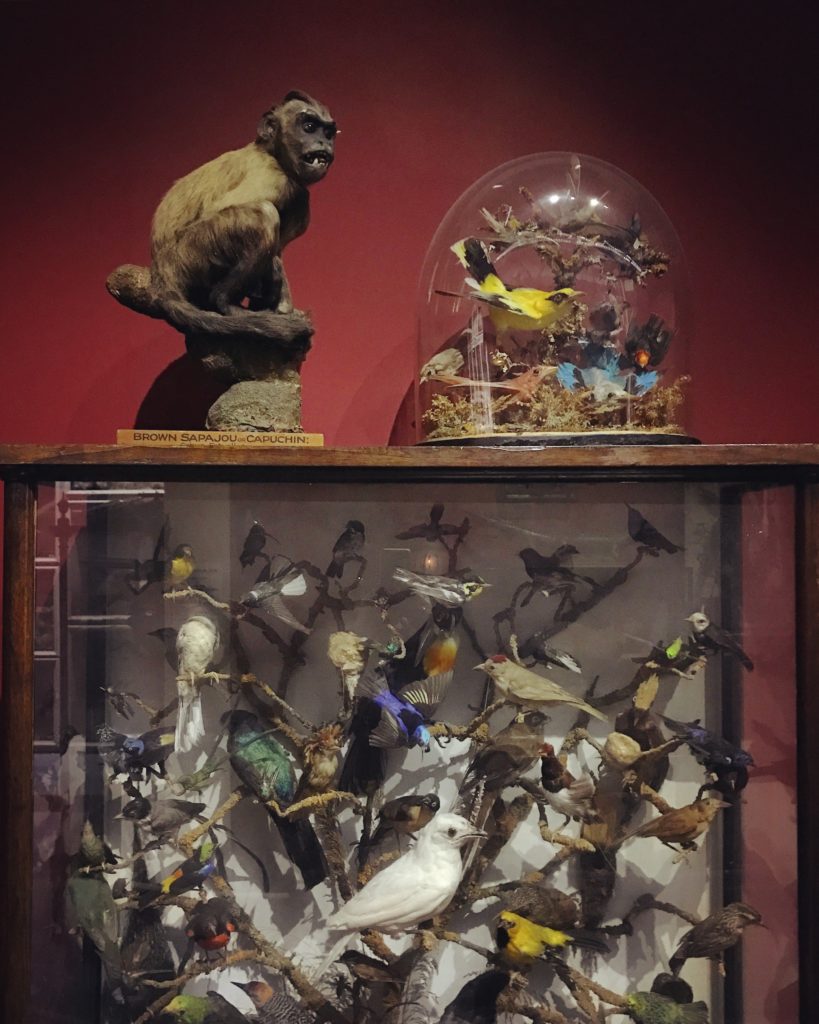
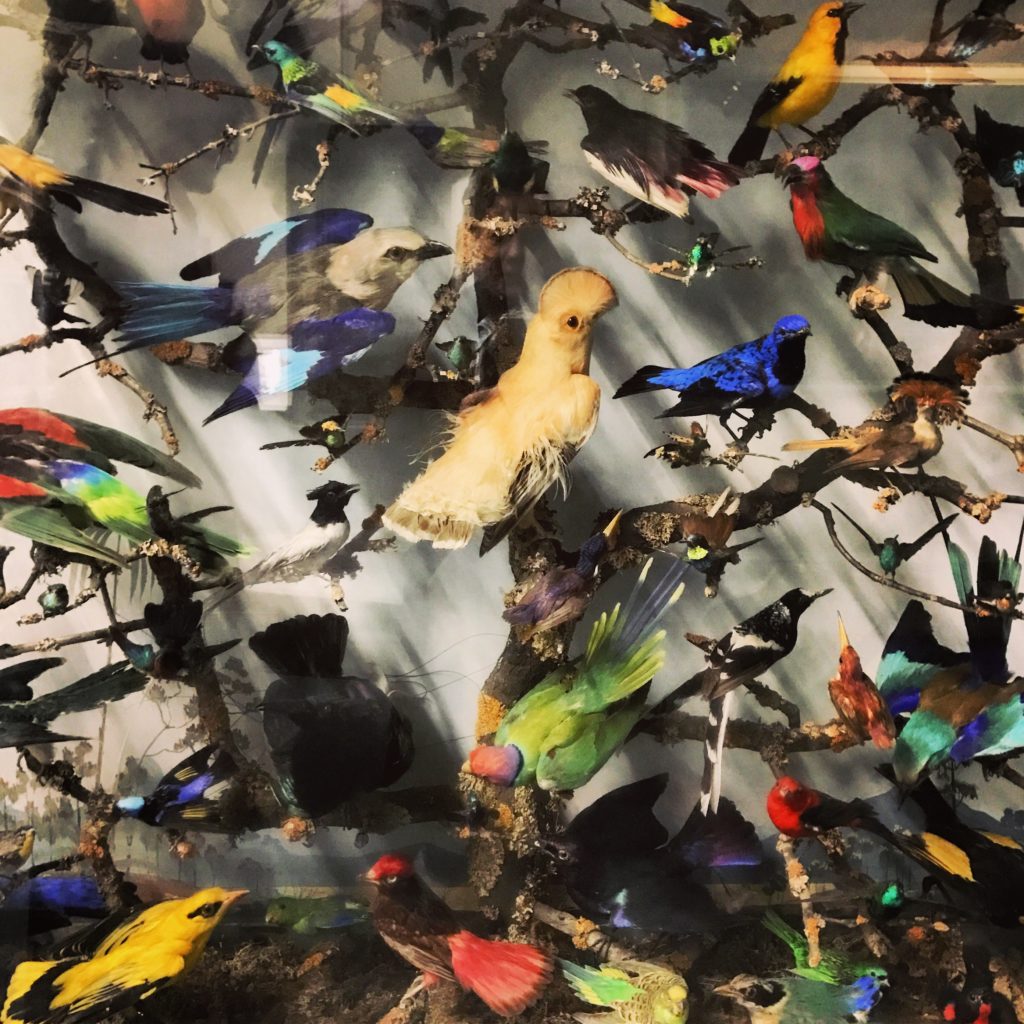
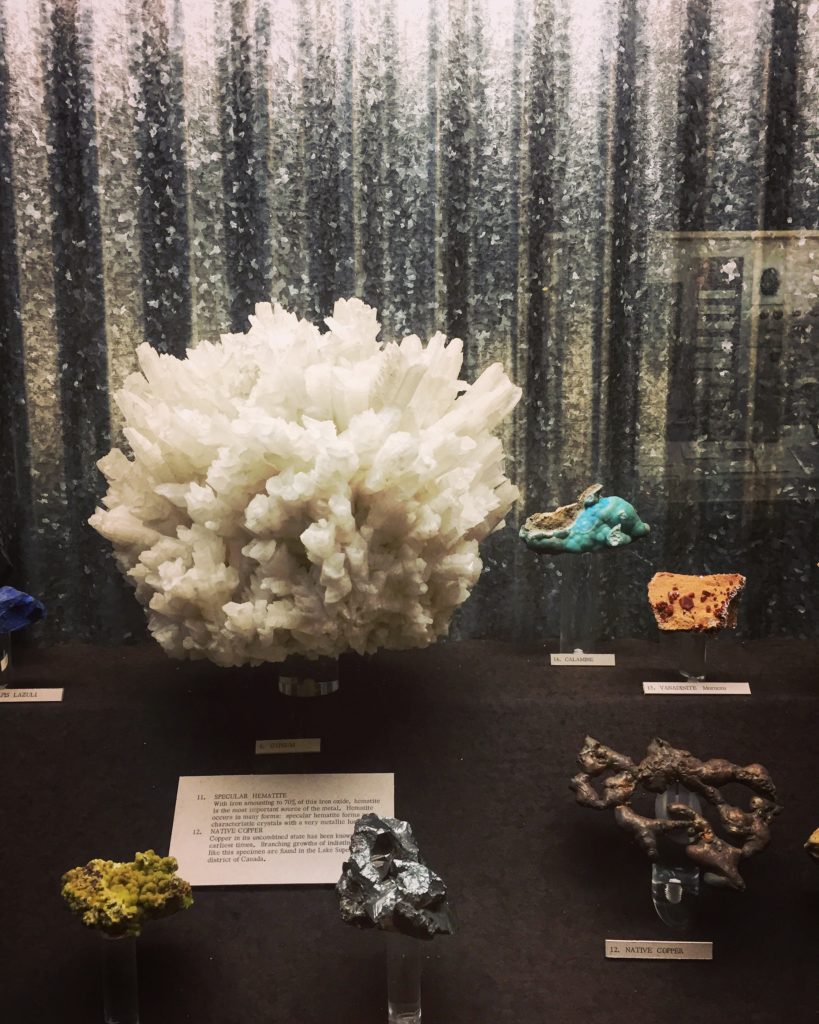
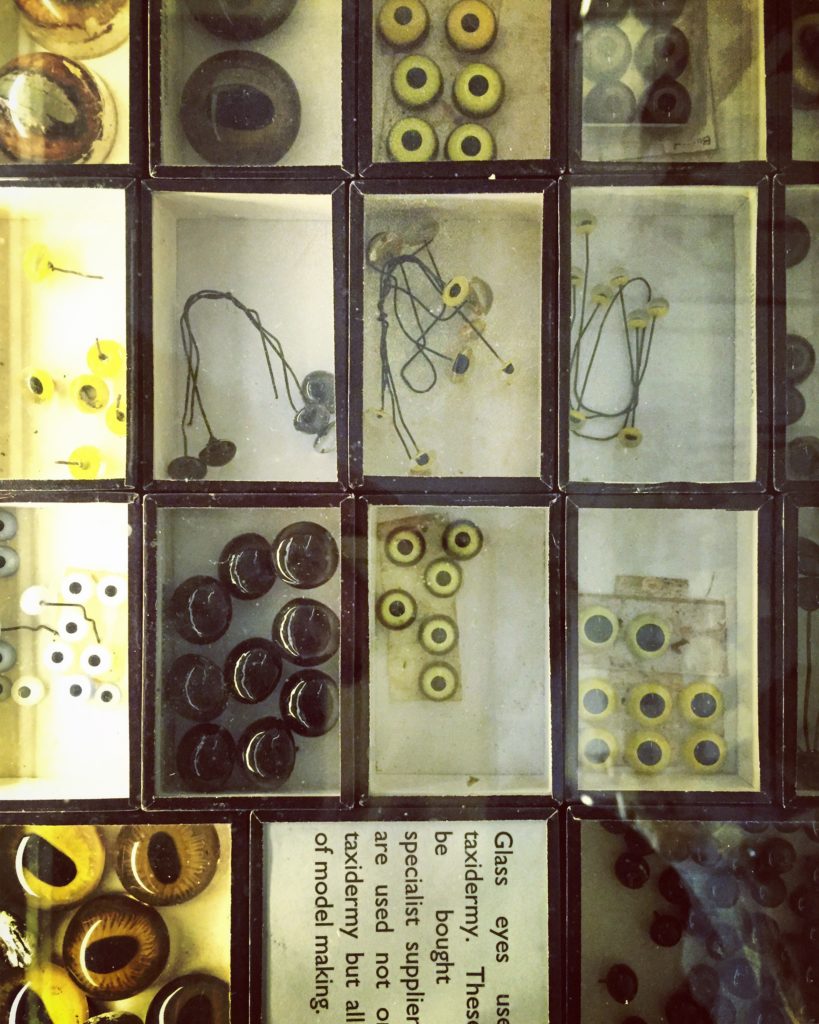
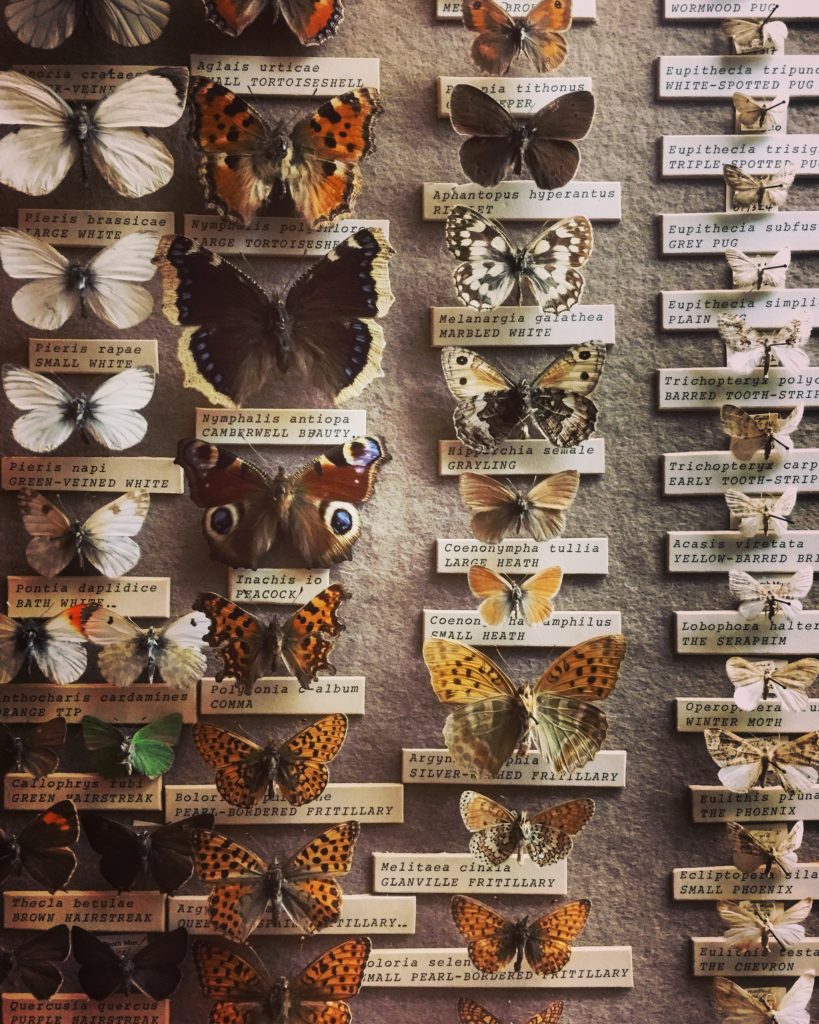
Professor Peter Harper, medical geneticist, describes how important it is to sometimes stand back from immediate specifics in one field, whether that’s serology, paediatrics or obstetrics for example, and look at it as a kind of research problem from first principles. He describes how Sir Cyril Clarke, a physician and geneticist, was particularly talented in this area. He says in his witness statement:
Workers in genetics use model organisms all the time, and now in human genetics one shifts, as indeed Cyril did then, between one species and another without much trouble. We know the genomes are all very similar. I think Cyril may have chosen butterflies as a rather unorthodox model organism, and I am quite sure one of the reasons he chose them was because they were more enjoyable than something like Drosophila ( fruit flies ) to work with.
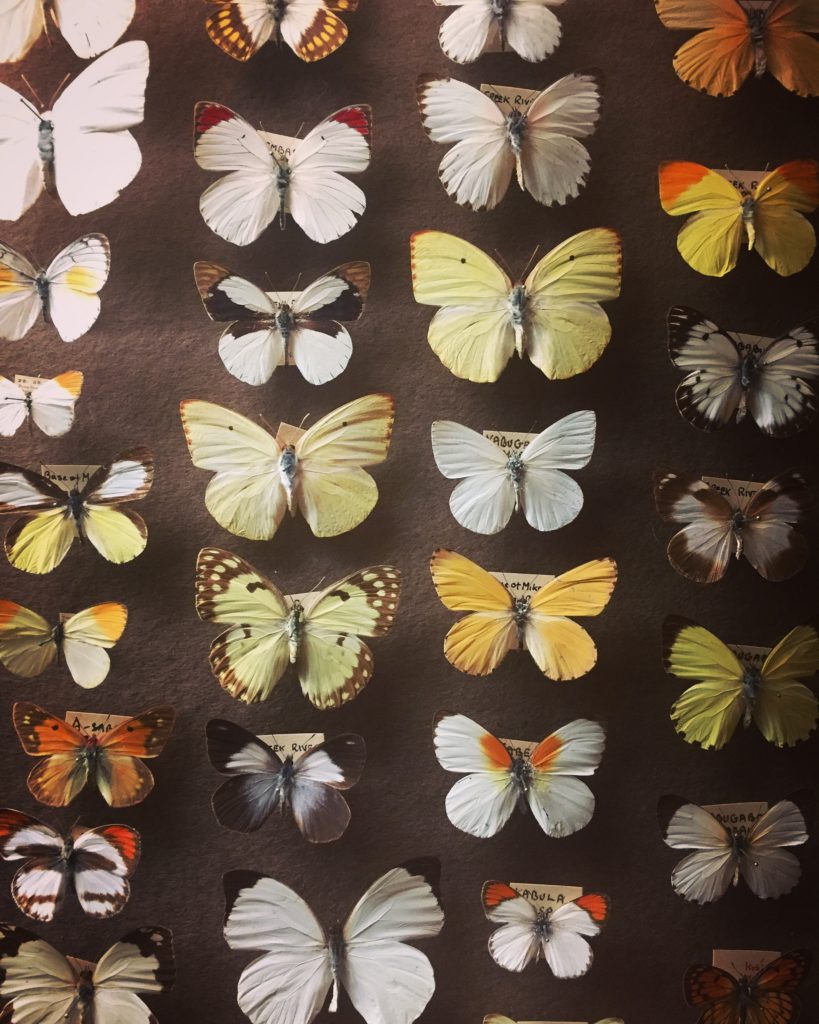
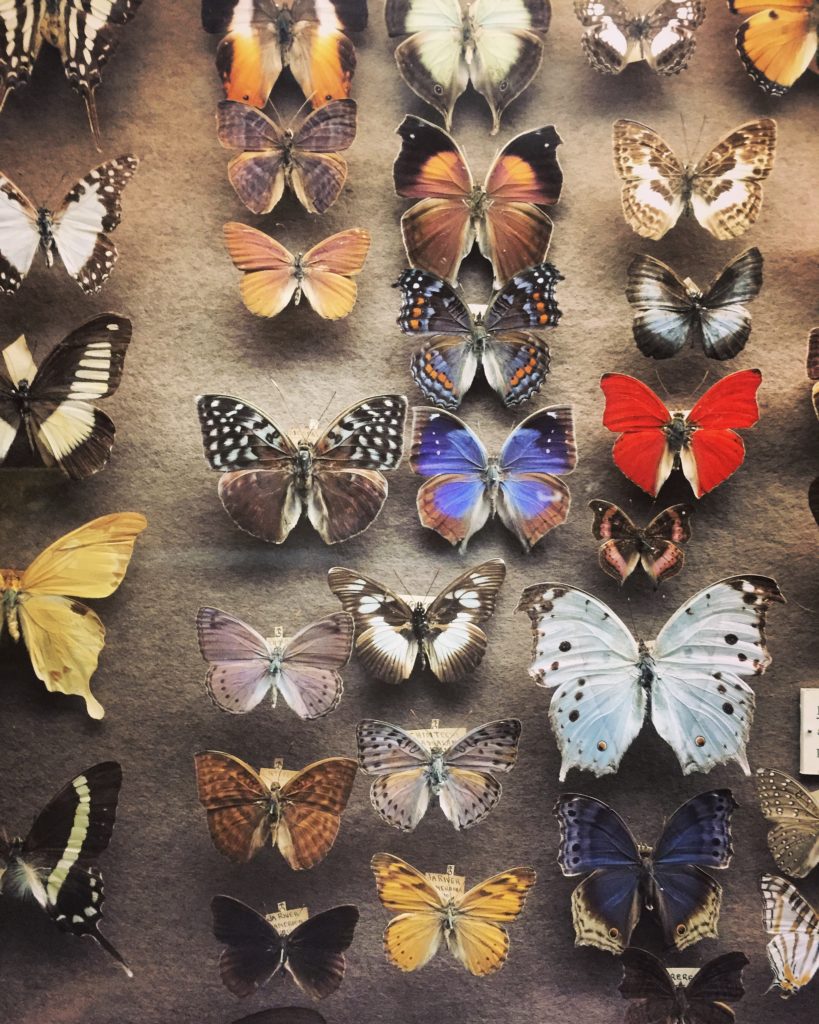
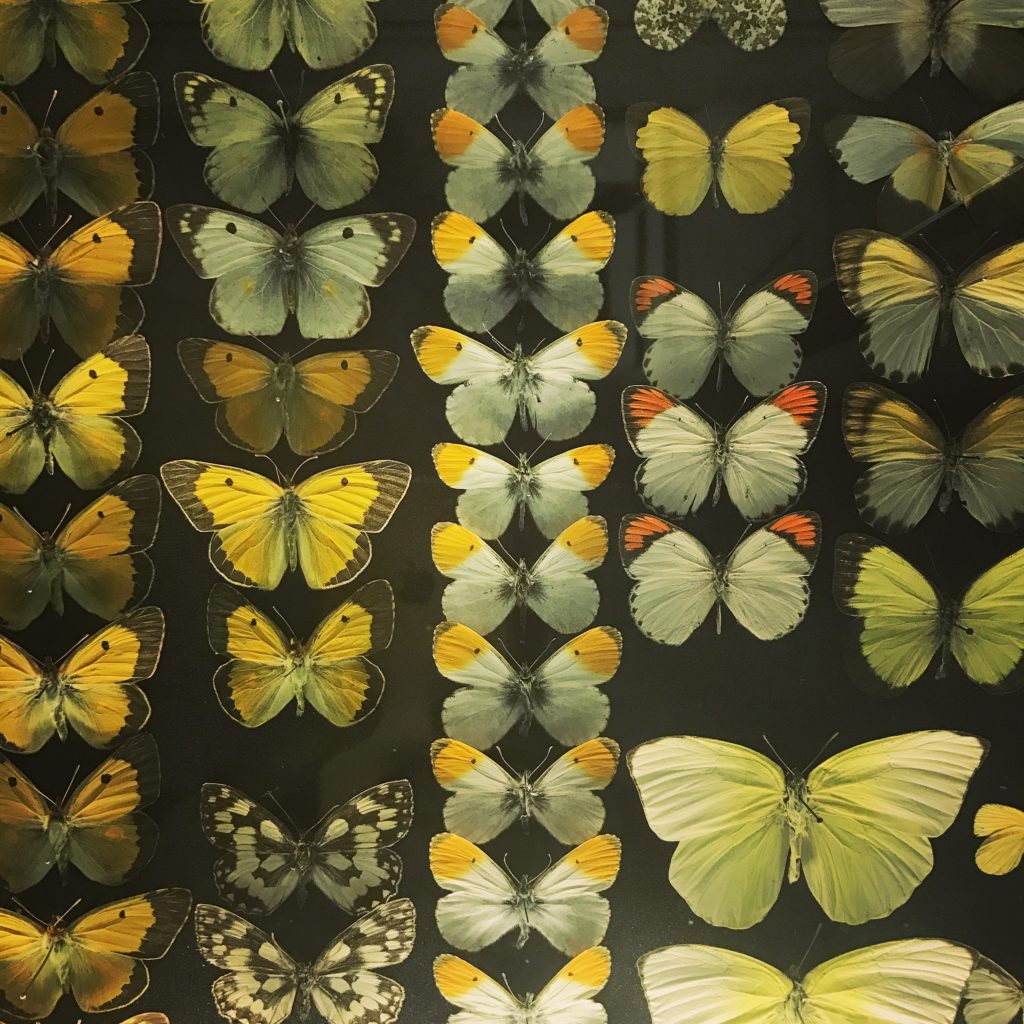
One of the things I remember most fondly about the days at Harvard Hospital were visits from the parent institute in London of Christopher Andrewes, Forrest Fulton, and other scientists, and there would be the most long and intensive discussions on the virology of the problem. Andrewes had a wonderful trick of suddenly coming into one’s lab in the afternoon and saying, ‘I say, would you like to go for a walk in the New Forest?’ He had a car and, of course, in those days very few people did, and we would be driven into the New Forest and he would be carrying his butterfly net, because his sideline was entomology, and there, while walking along the path, one would talk about what experiment should be done next on the common cold.
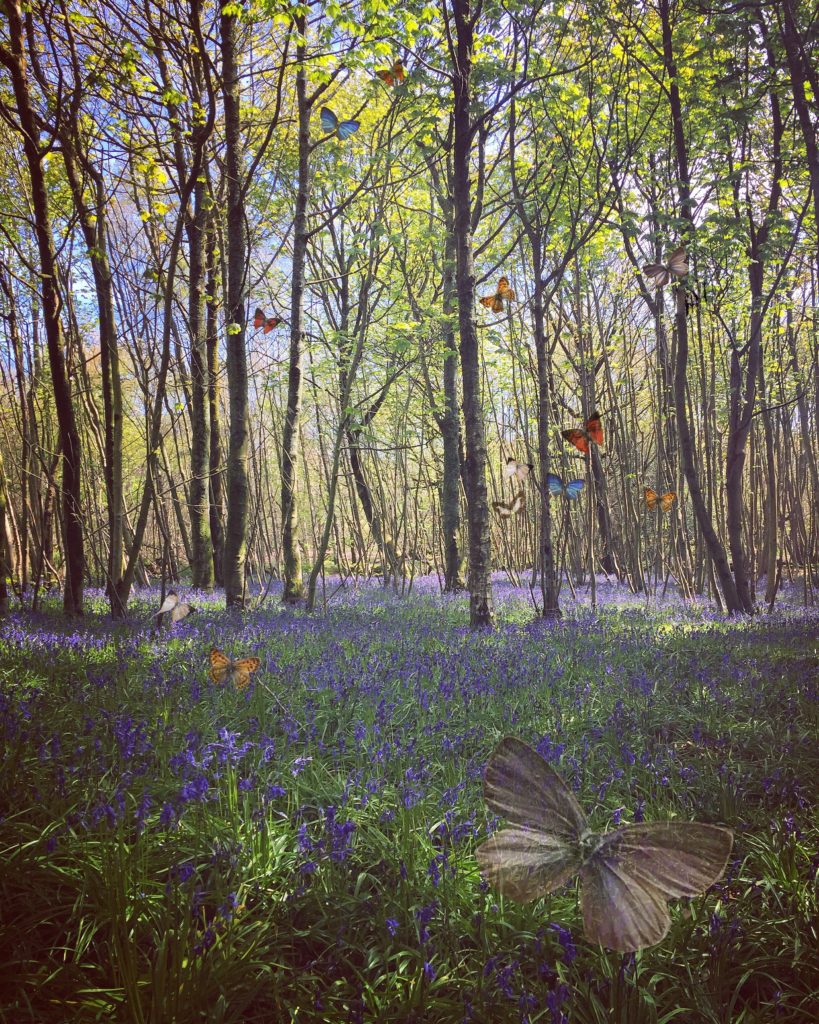
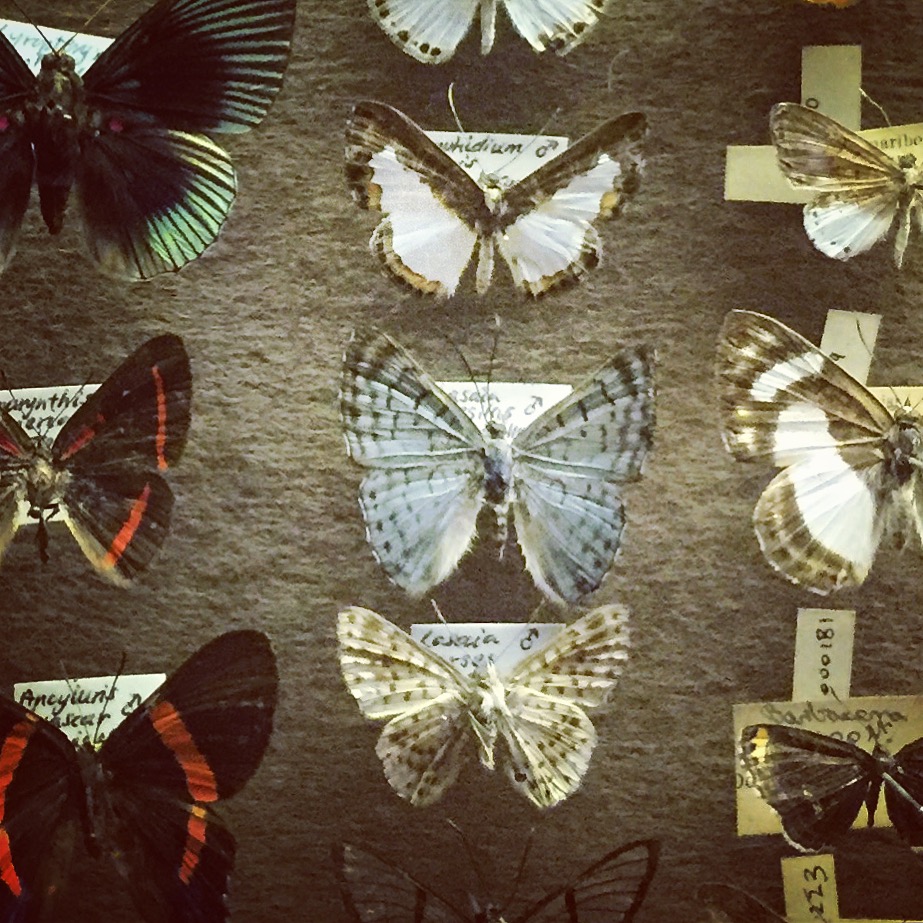
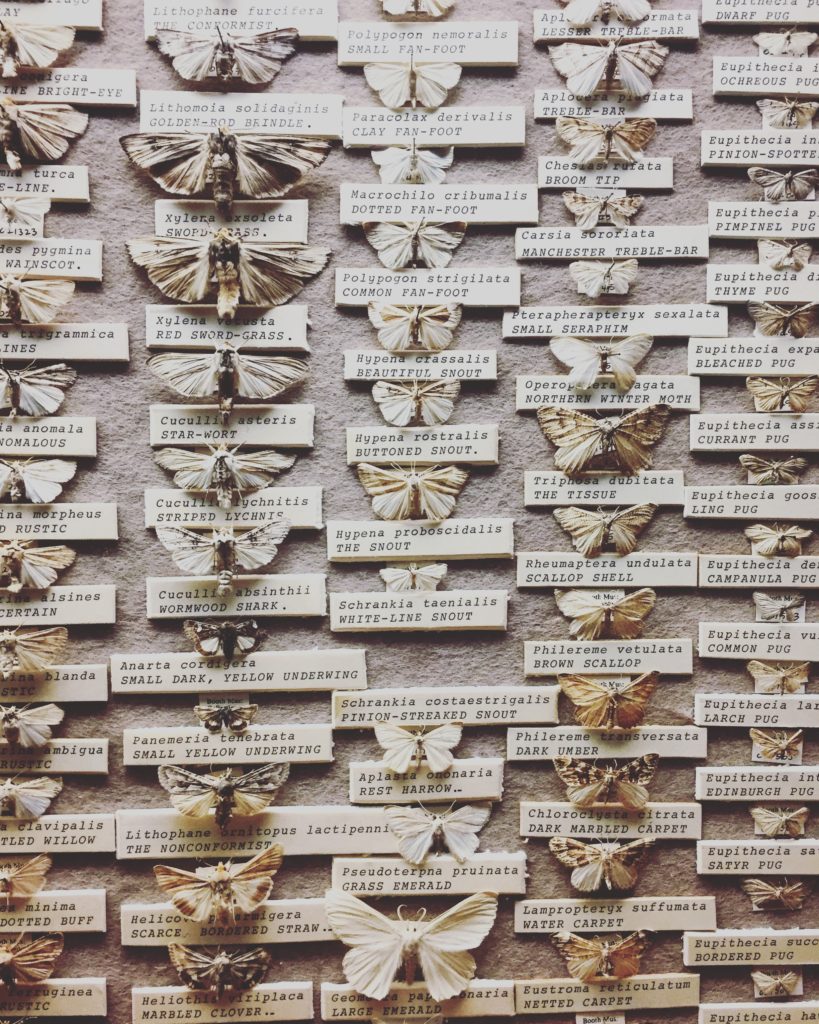
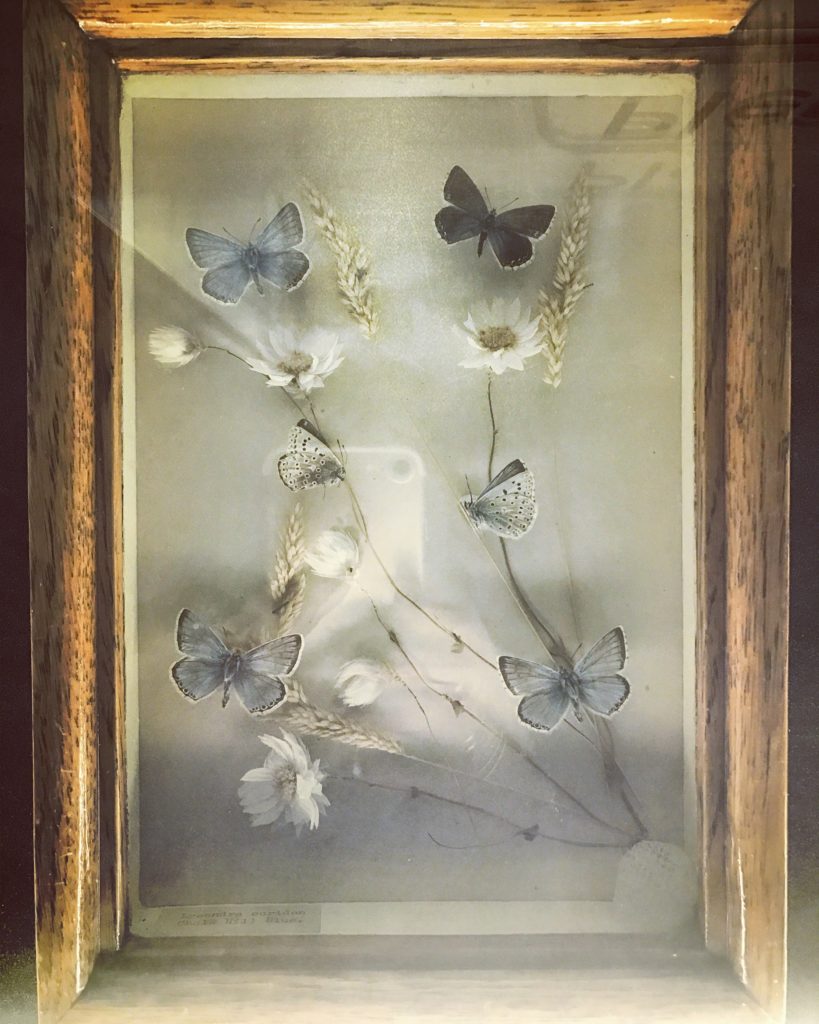
Now plastic isn’t something I usually get excited about ( although there’s a great song by The Beautiful South you can listen to here about Tupperware and Plastic! ) but reading about how it has basically revolutionised work in hospitals is staggering, and to imagine life and health care without it it is actually a bit scary.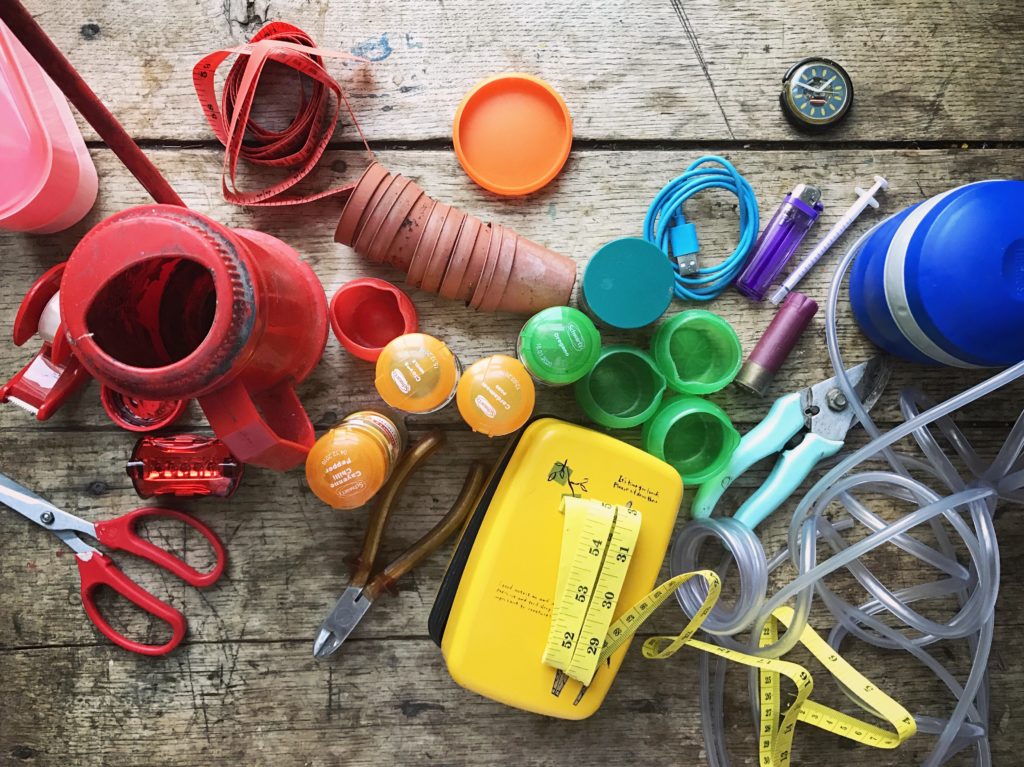
I think very few people below a certain age can remember our working conditions in the early 1950s. For example, nowadays people use butterfly cannulas for intravenous transfusions and they can do all kinds of things with them. In our day we had dreadful glass syringes; they had a central nozzle and there was no way you could get into a small vein – we always had to use the cubital fossa veins. If we wanted to put up a drip, for example, we had to rummage about in a great cardboard box where there were lots of rubber tubings of different sizes, and we had to fit these up and stick them into a glass rod that fitted into a hole in a cork in a bottle – we didn’t have any plastic transfusion equipment. All this took a great deal of time.
and Dr Pamela Davies, ( consultant paediatrician ) who worked in Neonatal Intensive Care describes how essential the introduction of plastics was for their department:
In 1962, Victoria Smallpeice in Oxford started feeding babies who weighed 1,000 to 2,000g at birth early, with expressed breast milk. The relatively newly available polyvinyl feeding tube passed into the stomach was a great advance over the teaspoon and ‘fountain pen’ dropper. An enthusiastic young nursing staff showed that even ill babies could be fed small amounts frequently from soon after birth with indwelling tubes strapped in place.
This was of particular interest to me as my son had been in intensive care immediately after he was born, and I remember those feeding tubes leading to his stomach, which I hated, but which were helping to keep him healthy. This story made me realise just how much I personally take for granted with these recent advancements which weren’t available before the 1950’s.
And there was one story, connected to plastics:
Dr Ethel Bidwell ( research scientist in blood coagulation ) was working in Haemophilia research in 1950 and was helping pathologist, Professor R G Macfarlane, to devise new ways of treating haemophiliacs. She had to collect blood from the local slaughterhouse for her research and only had her Vespa to transport it. It conjures up a bit of an odd image but illustrates again how important plastics are:
I went down to the slaughterhouse on my Vespa motorbike and I came back with a large glass container. I got concerned lest I tipped off my motorbike and tipped blood on the floor. People don’t realise that plastics were only just coming in. It cost me about the equivalent of a week’s wages to buy a plastic container to put the blood in so that it wouldn’t break on the road to Oxford.
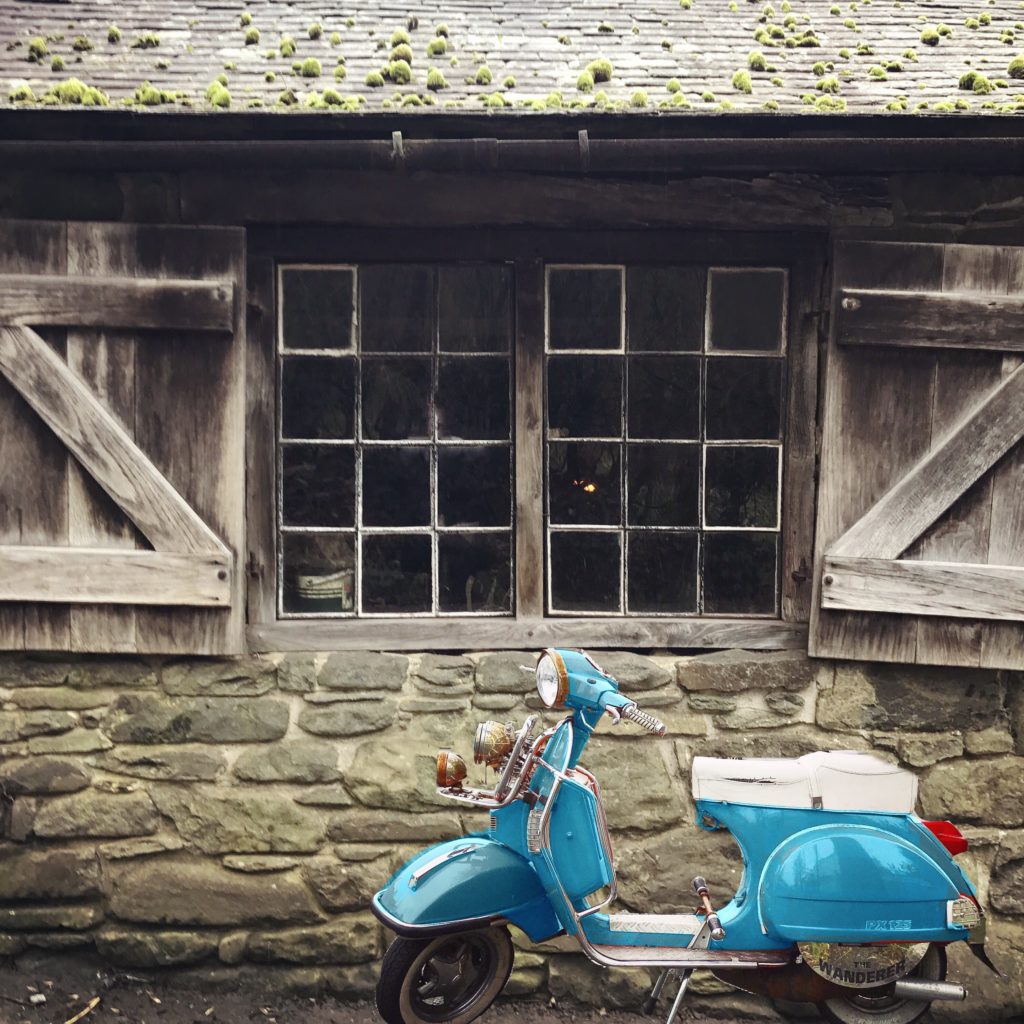
At the Applied Psychology Unit, John Morton, among other things, used to do some research on speed-reading, at least he used to do practicals on speed reading. This would involve all the students being encouraged to bring a paperback book and to read it for x minutes, followed by a period when John would urge them to go faster and faster and faster, and demonstrate then that they could actually read a lot faster, and that there was nothing very magical about it. It was just that we tend to read slowly – it’s a habit.
Speed Reading stop frame film below…
Just to go briefly back to what I said earlier in the post about being inspired by butterflies but in a slightly different way from Sir Cyril Clarke, here are some of the patterns I’ve created from elements of this particular post which are now silk pocket squares. I had absolutely no idea that this project was going to lead me into designing a selection of textiles, and I’ve really enjoyed the fact that my passion for aesthetics has been able to be informed by genetic research, epidemiology, early plastics and the psychology of speed reading!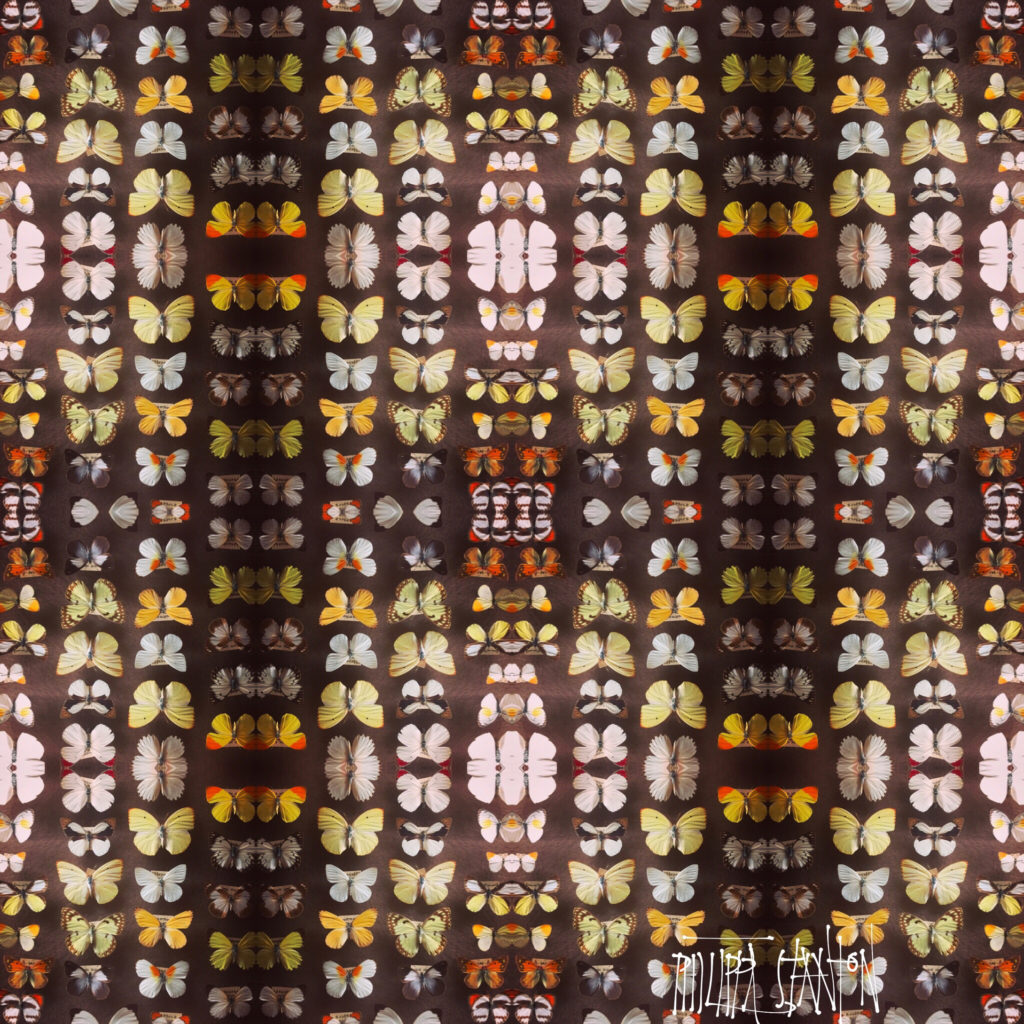

Next Week I’ll be focusing on various elements of comfort within modern medical history including pain relief, native remedies and advancements into home care.
You can look at the visual Steller Story version of this post here , my instagram posts here and some of my Pinterest inspiration for the whole project here.
You can also find out more about The Modern Biomedicine Research Group funded by The Wellcome Trust, on their website here , their Facebook page here , their YouTube Channel here and their Twitter account here.
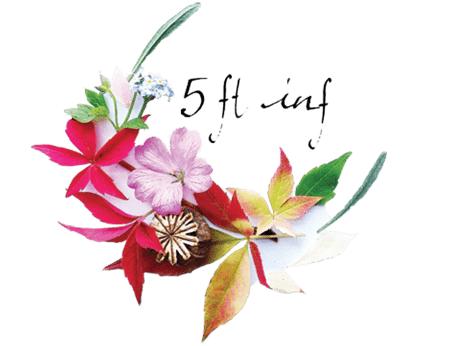


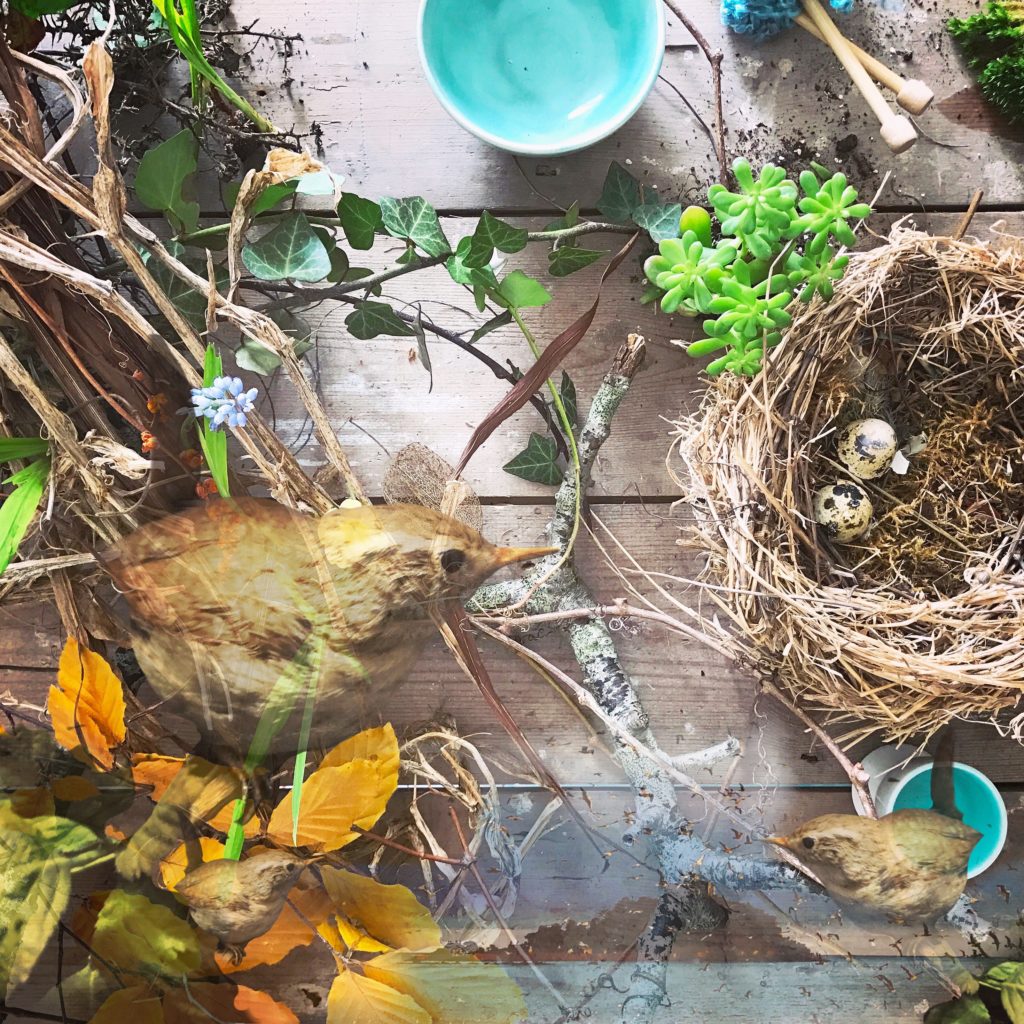
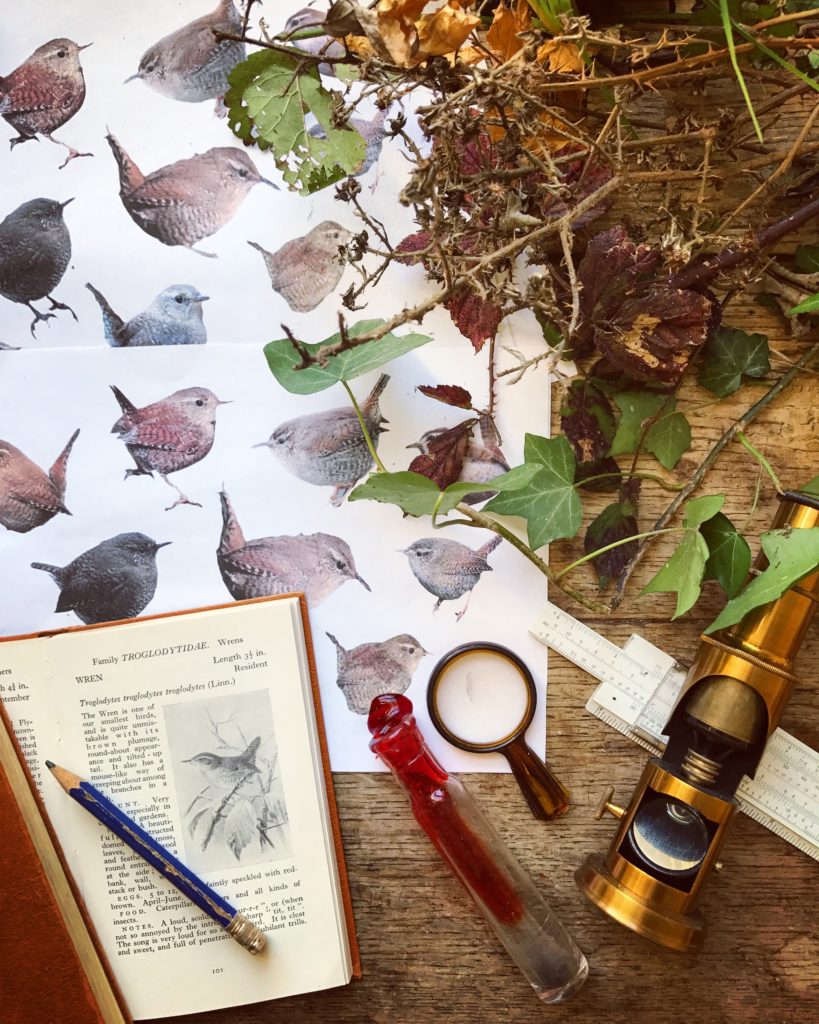
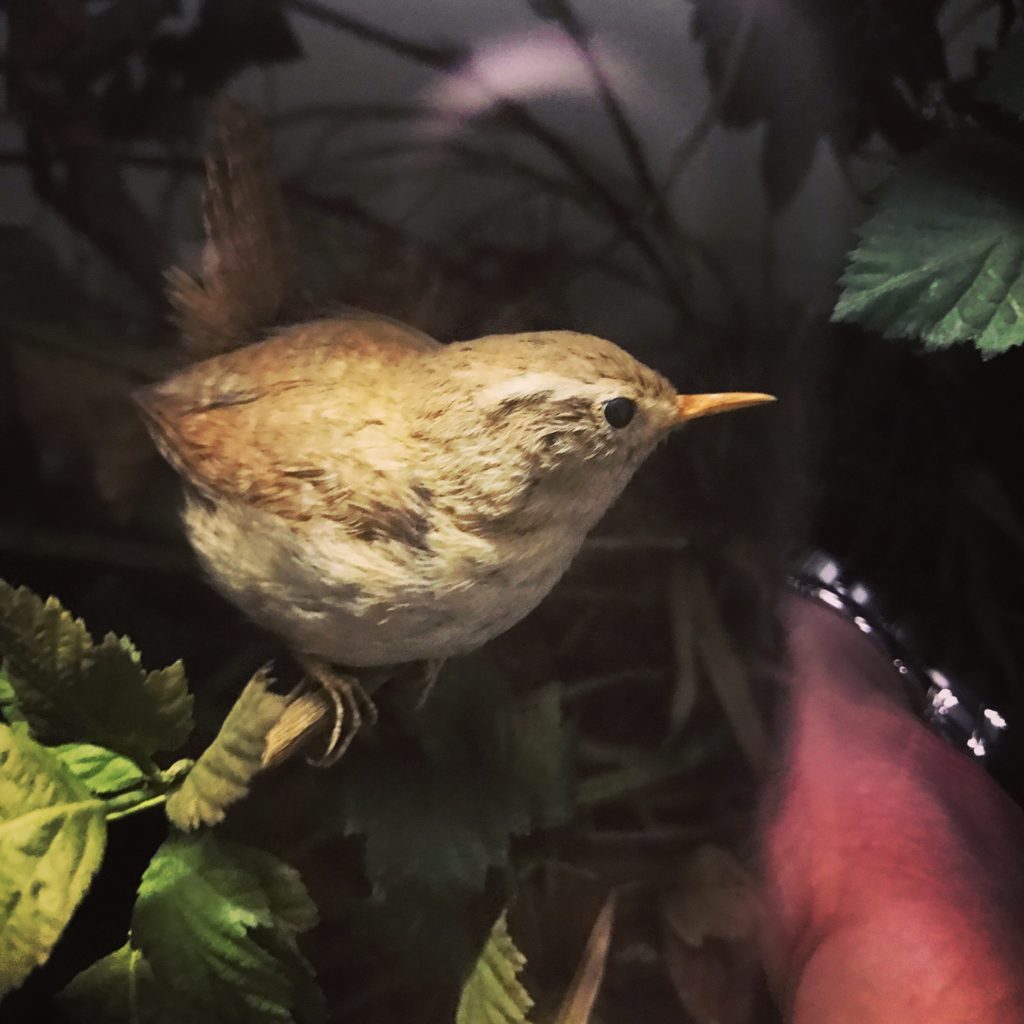
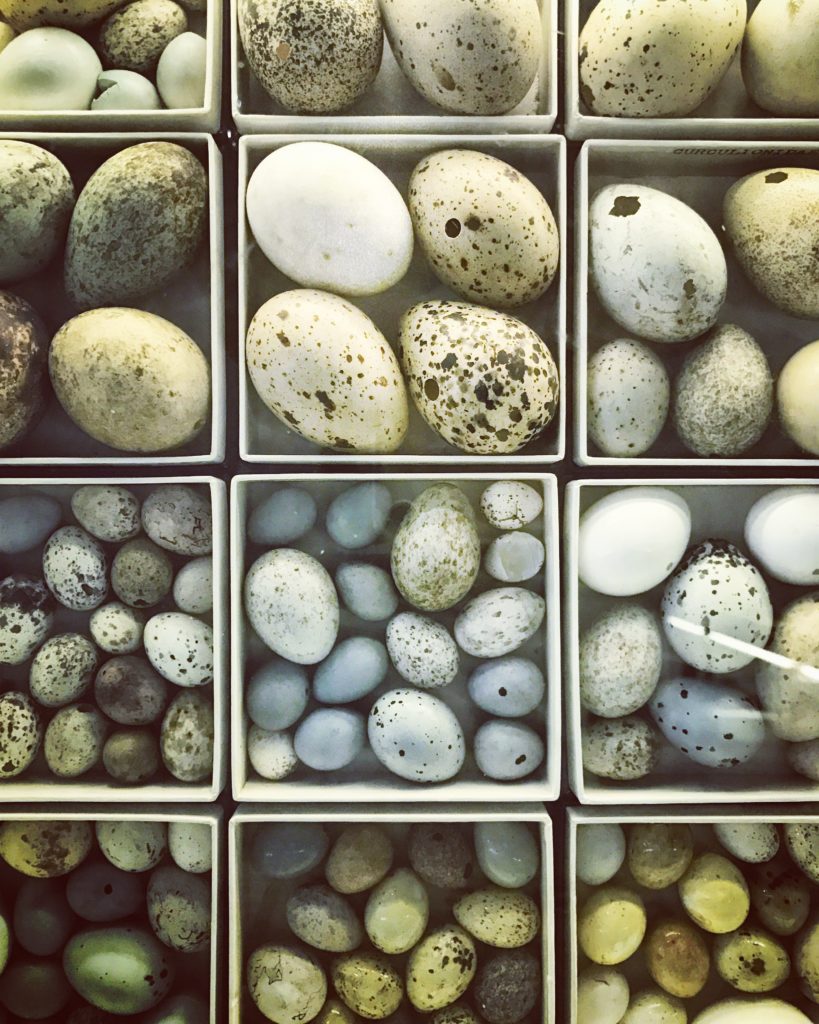
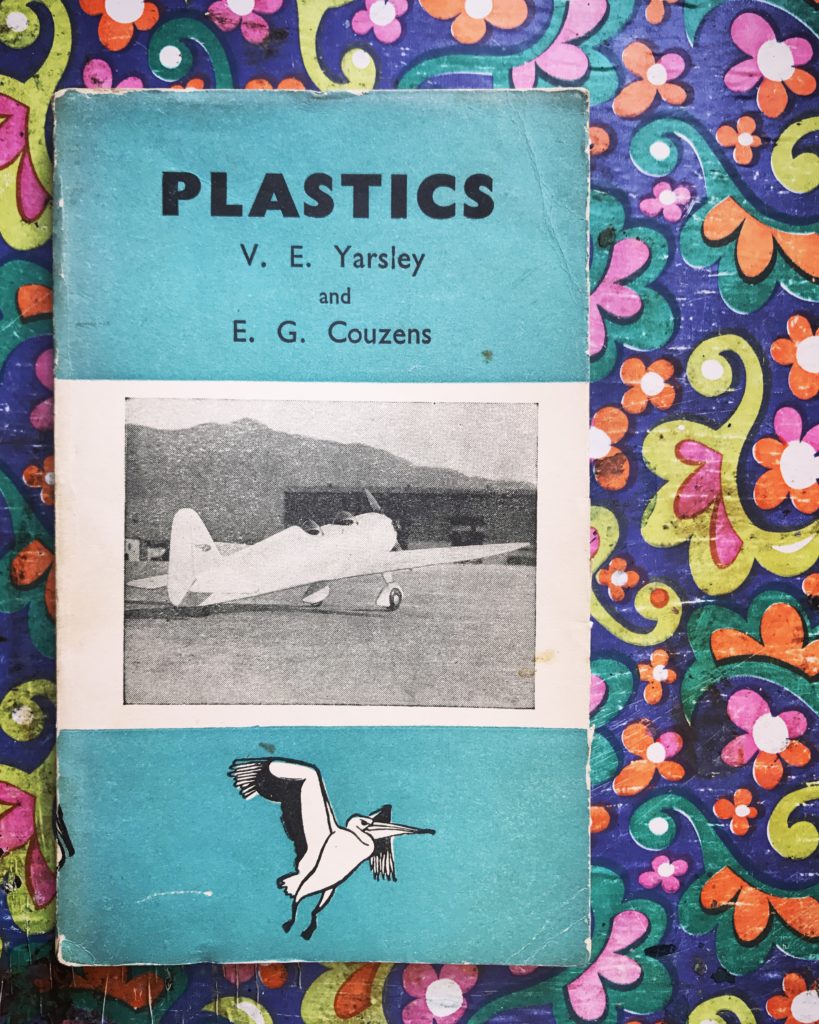
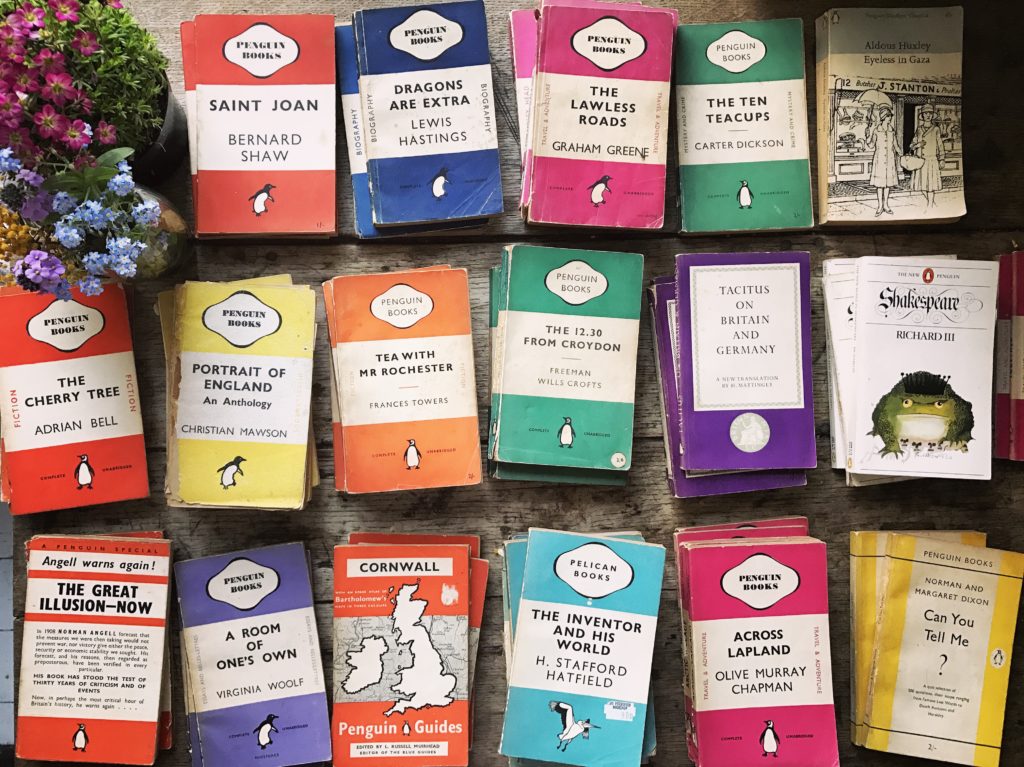
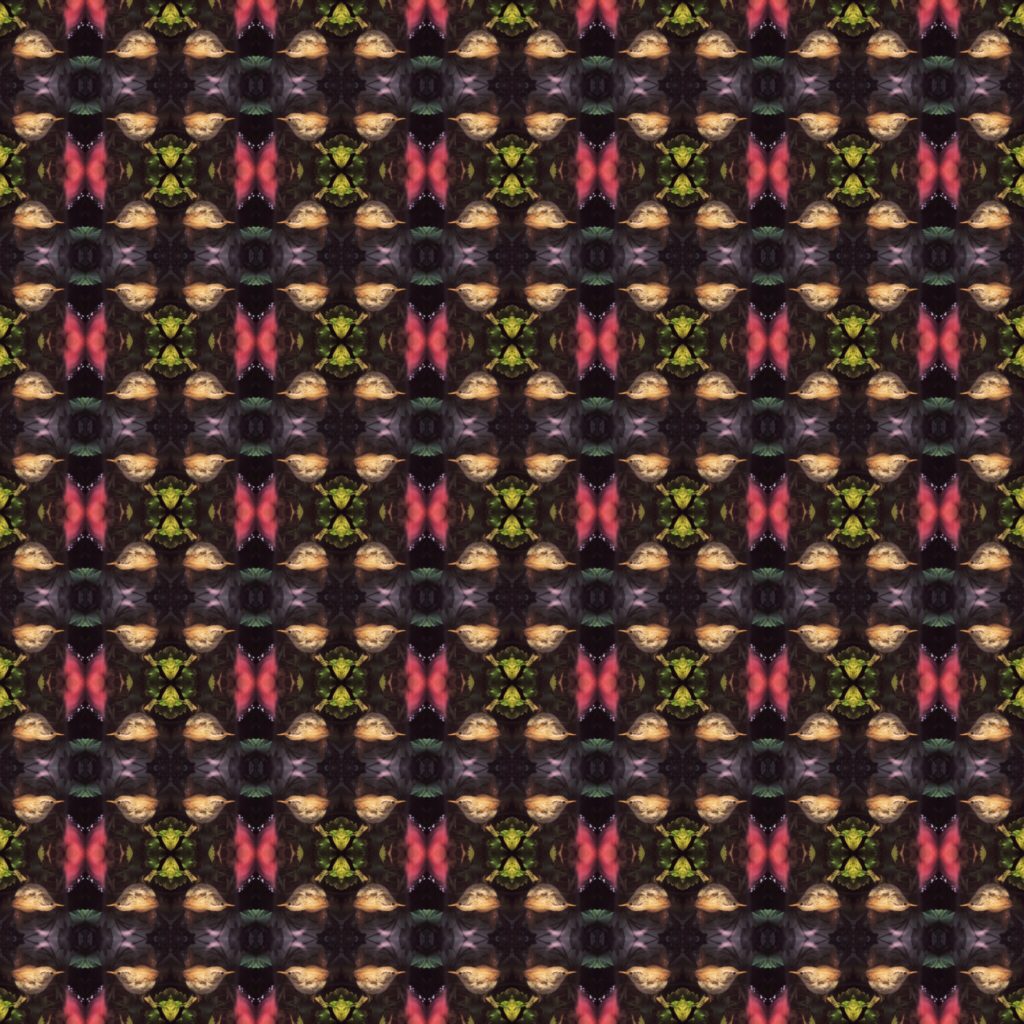
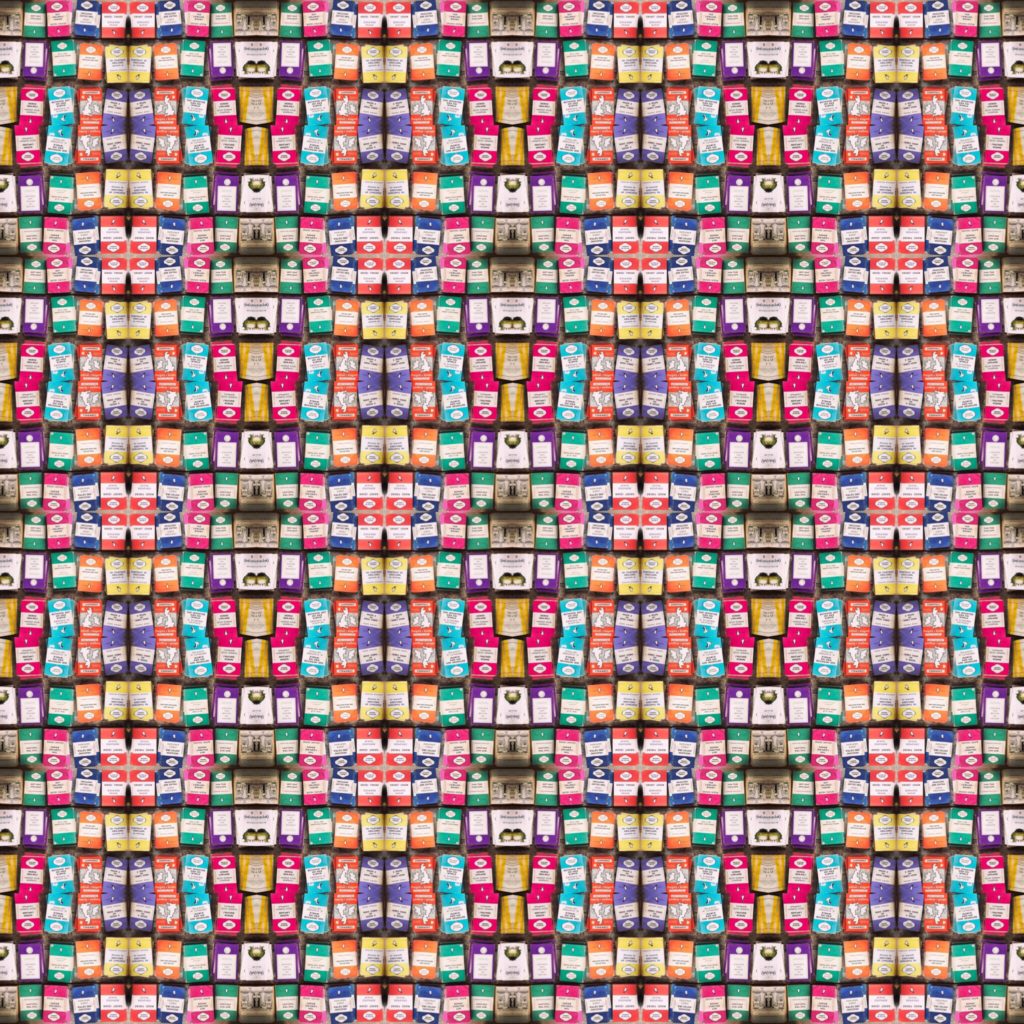
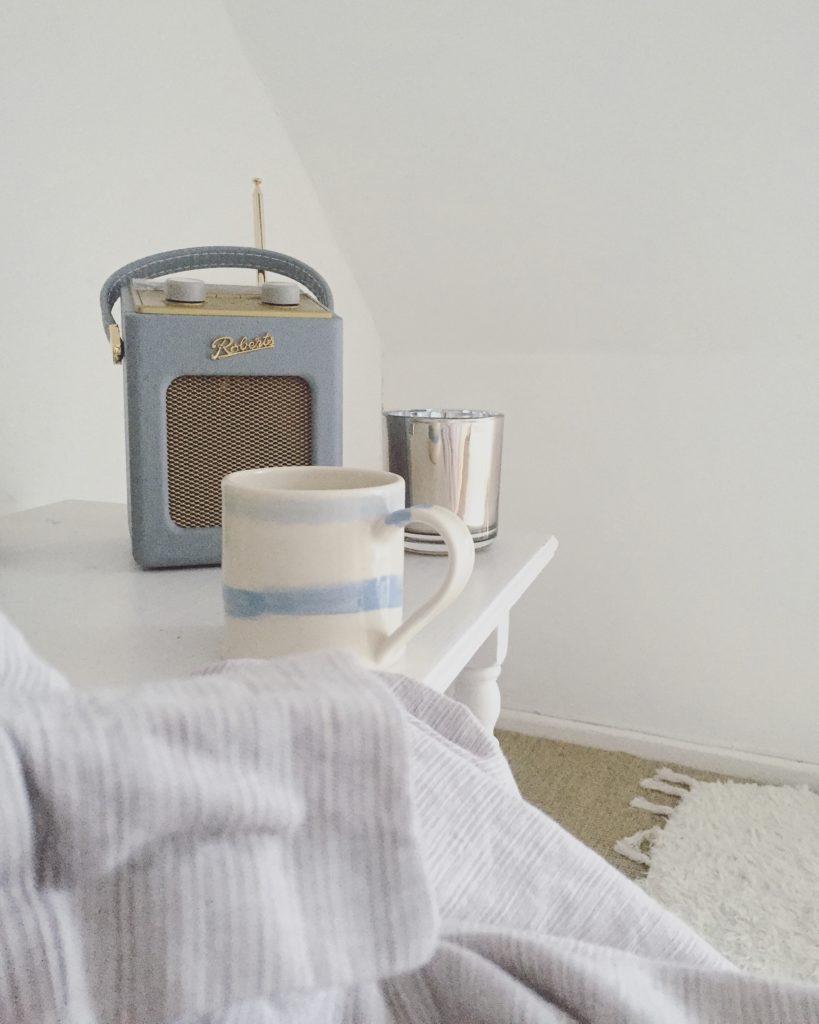
Karen
Posted at 09:11h, 20 AprilYour work is so interesting and incredibly beautiful! I find your choice of subjects…always a bit different…inspiiring to my own work. Glad I found you on Facebook!
5ftinf
Posted at 13:48h, 21 AprilThank you so much! I’ve been really inspired by this project myself!